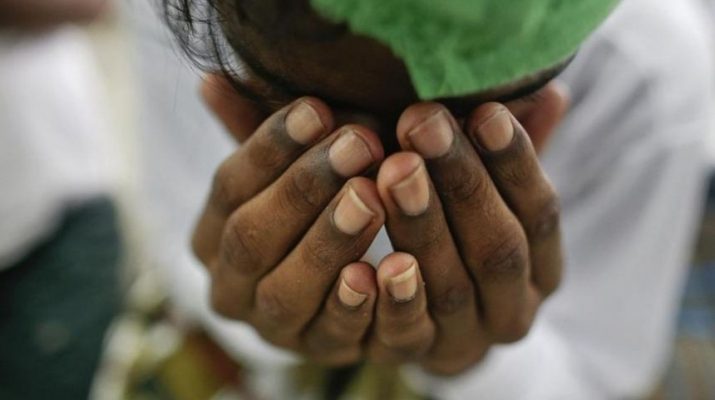The Kenyan government is looking to ratify its anti-trafficking law to align it with international trafficking programs so that foreign perpetrators found on Kenyan soil are charged within the international legal standards.
Speaking in Mombasa yesterday, labour and social protection ministry chief administrative secretary Abdul Bahari, said the move is also set to ensure that foreign human trafficking victims are not treated as criminals but given greater protection.
Kenya passed an anti-trafficking law in 2010 but it has proved difficult to secure convictions and according to the CAS, for the war on human trafficking to be won, the country needed to develop a multi-Agency approach.
“We are trying to harmonise all our applications of law, all our policies with all other countries in East Africa because there is also the aspect of human rights to ensure it matches with African Union requirements,” said Bahari.
Already the government through the ministry of treasury has allocated a sh 26 Billion budget to facilitate operationalization of Social protection through the national referral mechanism which has been devolved.
“Our traditional reaction to this has been to arrest the victims, charge them, jail them and then deport them. We have increased the budget to ensure all services are given equally without victimisation,”he said.
The CAS made the remarks during the official opening of an induction training of the counter trafficking in person’s advisory committee and the board of trustees for the national assistance trust fund for assisting victims of trafficking in persons in Mombasa on Tuesday.
He stressed that Kenya as a country will reconstruct a one of its Kind shelter house for habouring a human trafficking victim which is set to end by the end of the year.It has also embarked on Operationalization of the Trust fund for assisting victims of trafficking.
“We are planning as from the month of April start renovating a safe house that will be used to habour victims of human trafficking and abuse,” said Bahari while reading a statement by labour cabinet secretary. Ukur Yattan.
The National Plan of Action is for combating human trafficking and the National Referral Mechanism (NRM) Guidelines for Assisting Victims of trafficking whose dissemination is still on-going all over the country.
So far the National Referral Mechanism has been disseminated to 14 counties: Garissa, Marsabit, Busia, Migori, Kajiado, Mombasa, Taita Taveta, Kwale, Turkana, Malindi, Kakamega, Bomet, Uasin Gishu and Kilifi.
All the County Children’s Coordinators who are the focal points in the National Referral Mechanism at the County level were also trained on the National Referral Mechanism in December 2018.
More than 20,000 people are trafficked through Kenya each year from neighbouring countries including Ethiopia, Somalia and South Sudan.
“Victims are trafficked for the purposes of sexual exploitation, forced labour, child labour, organ removal, forced begging, forced criminals and other emerging exploitation purposes such as skin removal and online pornography,” he added.
The labour ministry official says Kenyan children are trafficked to work on farms, fishing boats and in private homes as houseboys and girls. Others are forced to beg and hawk goods on the streets – or else trapped in prostitution.
He said Kenya was a popular trafficking corridor because of its relatively good infrastructure that connects to the rest of East Africa and the Horn of Africa.
“ Various studies by different agencies have revealed that Kenya is a source and transit and destination for men, women and children trafficked for the purposes of forced labour and sexual exploitation.
He added ‘Forms of trafficking prevalent in Kenya are labour and sex related at 44% and 53% respectively. Trafficking involves children, men and women at 33%, 26% and 41% respectively”.

